Bonnie banks, cliffs and seas: The top Scottish properties that sold in 2024
A review of glorious estates sold last year to buyers in pursuit of the Scottish dream.
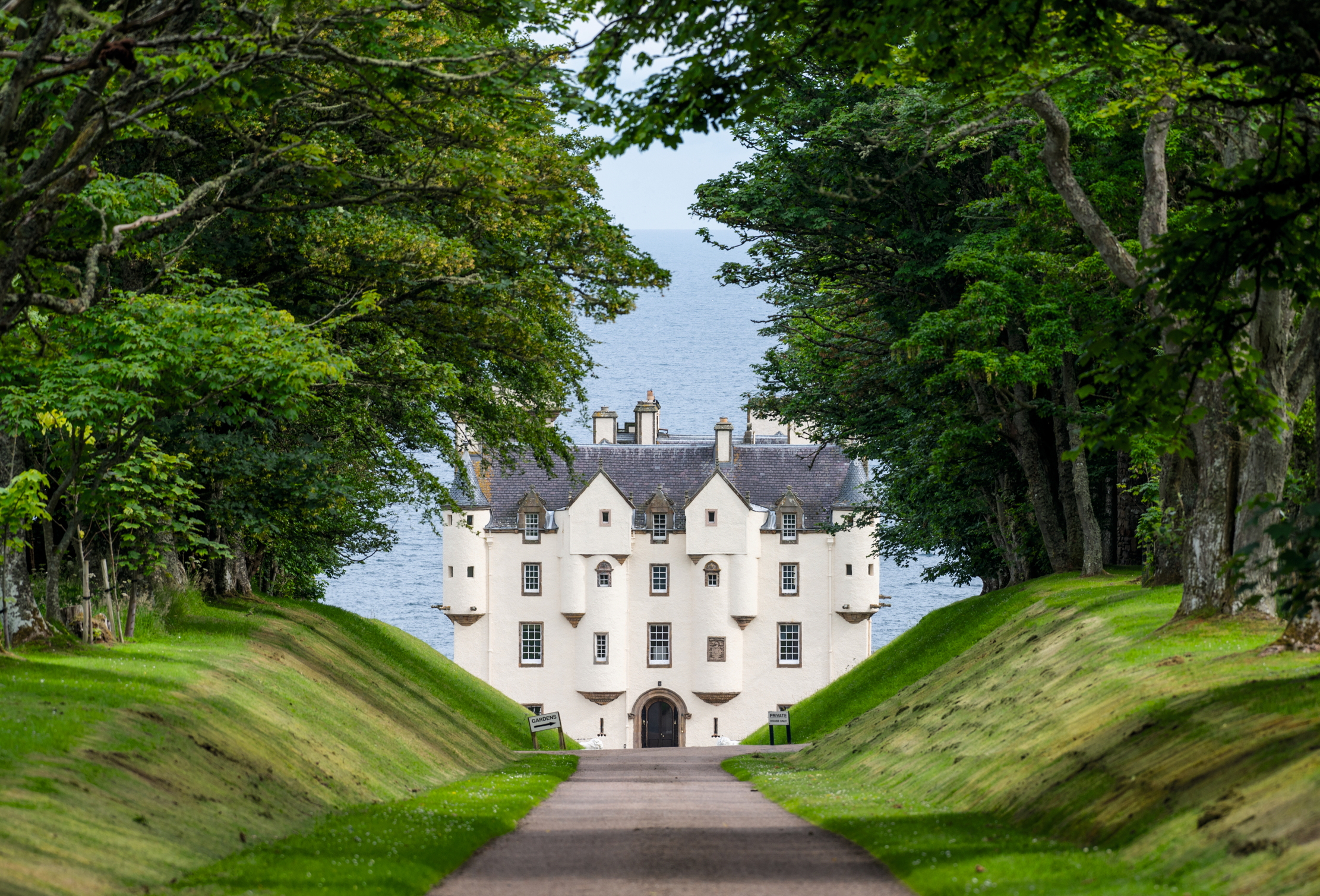

After a challenging year, which saw few Scottish estates launched on the open market and buyers thin on the ground, Evelyn Channing of Savills in Edinburgh was pleasantly surprised by the number of sales achieved in 2024.
The Scottish estate sales of the year were undoubtedly the renowned 28,500-acre Dunbeath Castle estate in Caithness and its neighbour, the 7,324-acre Glutt estate, within Europe’s largest stretch of blanket bog in Scotland’s environmentally sensitive Flow Country. They were launched on the market in the summer of 2023 for ‘offers over £25 million’ and ‘offers over £7m’ respectively and sold amid the utmost secrecy to an anonymous buyer in autumn 2024.
A sight familiar to long-term readers of Country Life, the cover of which it has graced on more than one occasion, the magnificently picturesque, Category A-listed Dunbeath Castle stands high on a rocky promontory overlooking the sea on the wild east coast of Caithness. Although remote, it is not entirely inaccessible, given the possibility of private flights into Wick John O’Groats airport and ample space for helicopters to land on Dunbeath’s pristine lawns.
The castle dates from 1620, when a four-storey tower house was built by Clan Sinclair on the site of an earlier medieval building. It was remodelled by the Sinclairs in the 17th century and again in the 1860s, when Scottish architect David Bryce rebuilt it in the Scots Baronial style and established the designed landscape on which it sits.
Following Sir Edwyn Alexander-Sinclair’s death in 1945, his estates were broken up and sold, after which Dunbeath had four successive owners, two of them American, before it was bought in 1997 by Stuart Murray Threipland, who died in June 2023. With its supremely comfortable castle, glorious coastal setting in a wild and beautiful landscape, excellent shooting and fishing, fertile pasture and rich environmental and ecological habitat, Dunbeath encapsulates the Scottish dream, long pursued by enthusiastic buyers from around the world.
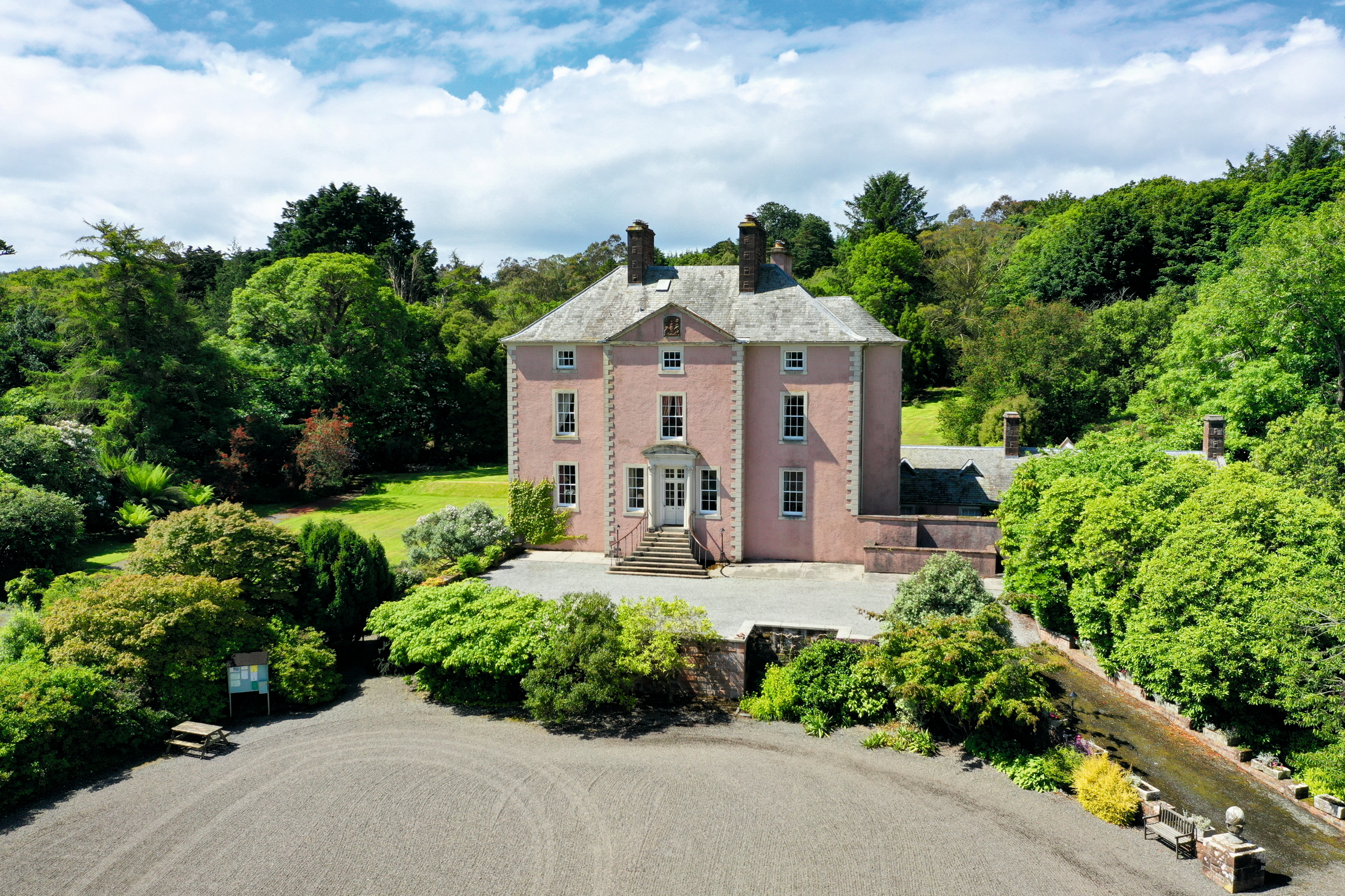
From the towering cliffs of Caithness to the warm waters of Galloway, where Mrs Channing oversaw the sale of the 1,637-acre Logan estate on the scenic Rhins peninsula, 13 miles south of Stranraer in Scotland’s south-west corner. ‘Offers over £9.5m’ were sought for the historic coastal estate with its Category A-listed Logan House, an exquisite Queen Anne mansion originally built in 1702 and remodelled in 1874 by Bryce, who enclosed it in a Baronial sandstone ‘shell’.
Set in 17 acres of lovely woodland gardens established by the McDouall family, who owned the estate for more than 700 years, Logan House has more than 9,000sq ft of gracious living space with additional accommodation available in six other estate houses. Renowned for its high-quality shooting and stalking and efficient farming operation, the estate was launched onto the market in April 2023 and sold in May 2024 to an English buyer.
Sign up for the Country Life Newsletter
Exquisite houses, the beauty of Nature, and how to get the most from your life, straight to your inbox.
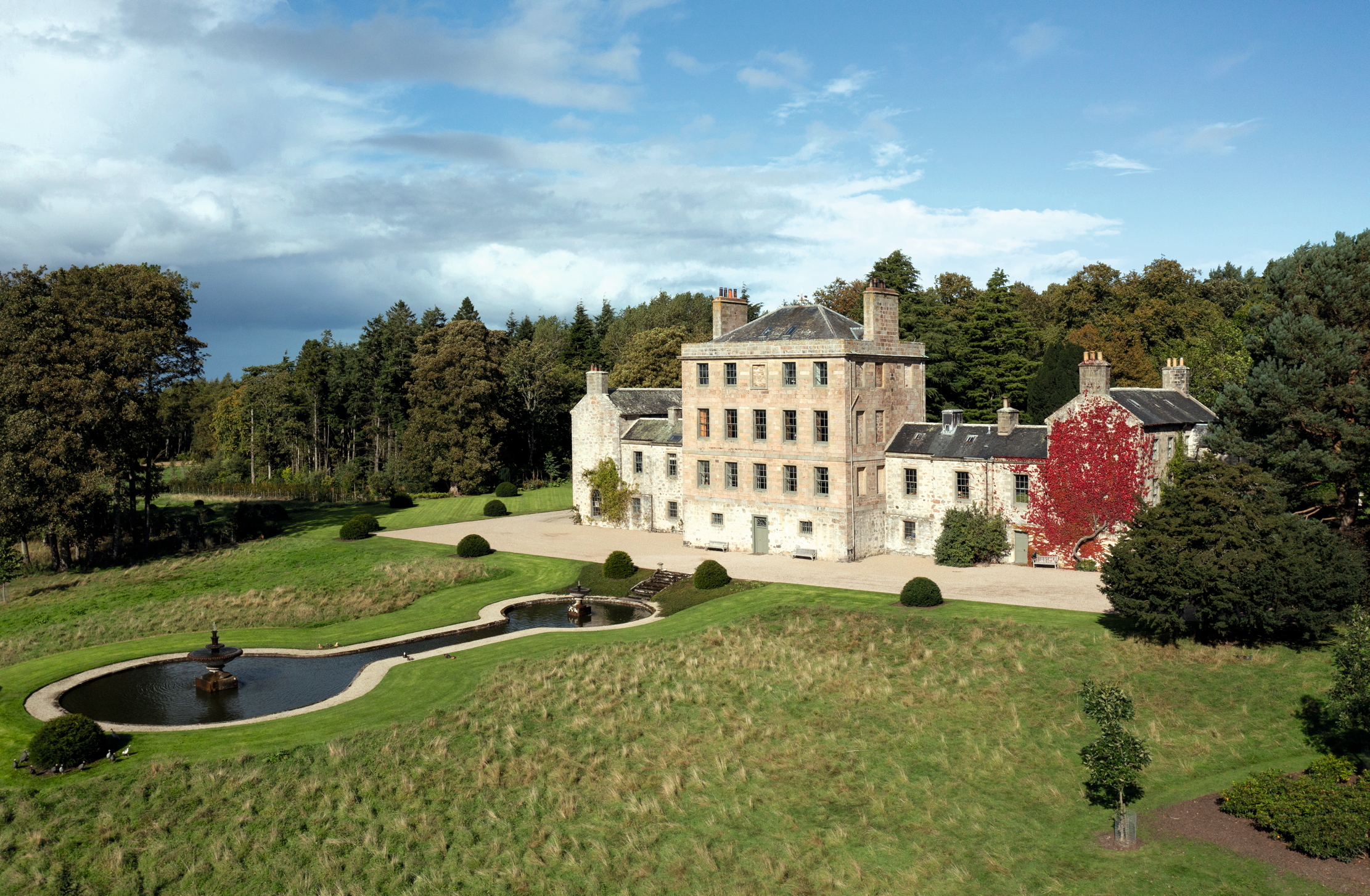
In sharp contrast to the long-drawn-out process so often involved in getting deals done and dusted in Scotland last year, the sale of Category A-listed Letterfourie at Drybridge, Morayshire — Robert Adam’s most northerly house and the first built by him in 1773 on his return from his Grand Tour — was a walk in the park for Mrs Channing.
Set at the heart of a secluded, 308-acre estate three miles from the Moray coastline, the classic Georgian country house had been beautifully restored and refurbished by its American owners, who bought it in 2014 and, having completed the renovation, were looking to relocate to the South of England. Launched onto the market in August 2024 for ‘offers over £2.95m’, Letterfourie was quickly snapped up as a second home by a London-based English family.
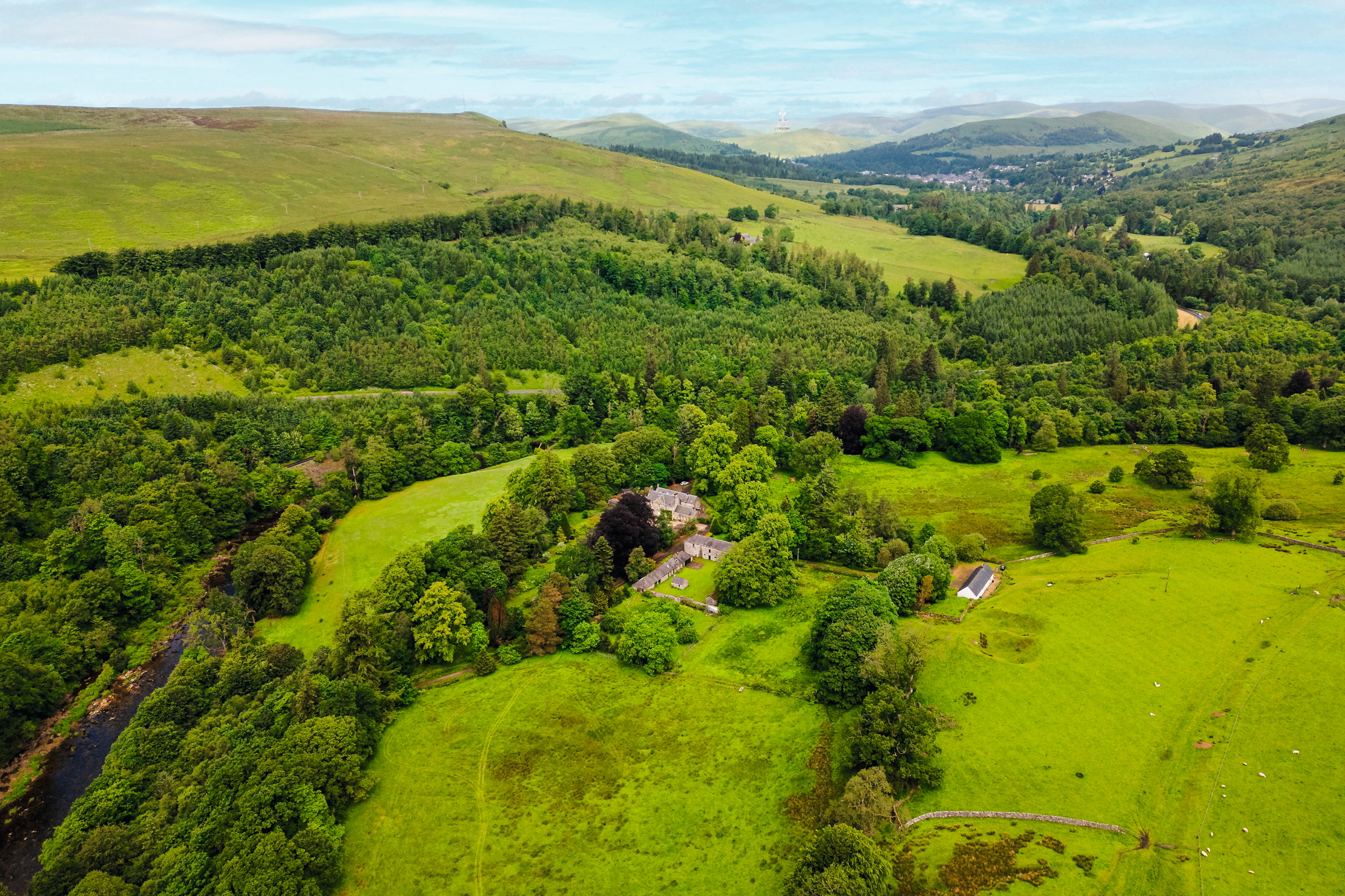
An English buyer also emerged at year end as the new owner of the enchanting 75-acre Broomholm House estate at Langholm in Dumfries and Galloway, the traditional seat of Clan Armstrong, which lies between four hills in the valley of the River Esk, on the A7 road between Edinburgh and Carlisle.
Launched through Savills with a guide of ‘offers over £1.75m’ in August 2024, Broomholm offered an appealing combination — unusual in south-west Scotland, where much of the land is owned by large, long-term landowners — of a B-listed Georgian house, plus two cottages, extensive outbuildings, parkland and grazing, together with two beats of peaceful and productive salmon and trout fishing. At the heart of the estate, in an enchanting woodland setting overlooking the Esk, sits pretty Broomholm House, which was reputedly built for the Earls of Nithsdale in 1749.
For Tom Stewart-Moore of Knight Frank, 2024 was a tough year for Scottish estates, when a lack of supply and a shortage of buyers meant that some of the larger ones were taking up to six years to sell. It was with much relief that he handled the straight-forward sale of the important and wonderfully private Cassillis estate, which is centred on a restored historic castle overlooking the River Doon. Launched on the market in August 2024 for ‘offers over £3.95m’, it was sold by October, again to an English buyer.
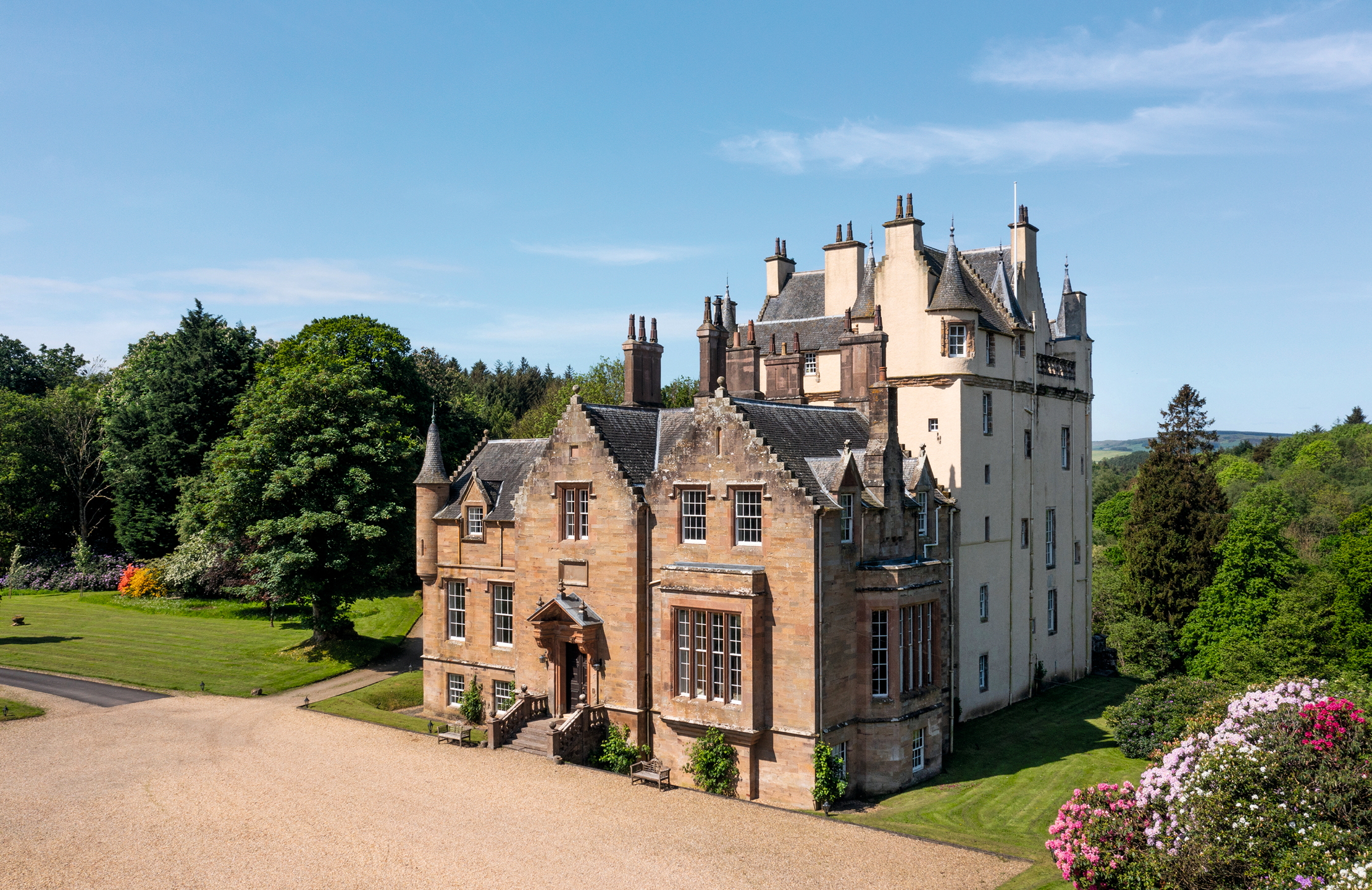
The name Cassillis derives from the Gaelic for ‘stone fort’ and, according to Scottish historian the late Nigel Tranter, the Category A-listed castle is ‘an extensive mansion belonging to three main periods, of which the oldest part is a massive oblong tower dating possibly from the 14th century. This was greatly altered in the 17th century, a square stair-tower being added at the south-east and all above parapet level remodelled… The early castle has immensely thick walls, 16ft thick at base, roughcast and rising four storeys to the parapet… The interior has been much altered to suit later requirements, but many original features remain’.
The Earls of Cassillis wielded such power over south-west Scotland in the 16th and early 17th centuries that they were known as the Kings of Carrick; Tranter remarked that ‘the history of the turbulent Kings of Carrick was one long catalogue of violence, savagery and sudden death’. In more settled times, the earldom passed, in 1759, to Sir Thomas Kennedy of Culzean and Culzean Castle became the family seat. In 1945, Culzean was presented to the National Trust for Scotland and, in the 1950s, the family took up residence once again at Cassillis, where they remained until 2009.
Located in a secluded parkland setting seven miles south of Ayr and within commuting distance of Glasgow, the 310-acre Cassillis estate comprises — in addition to the five-storey castle, which has a ballroom, three reception rooms, a library, cinema, seven principal bedroom suites and six further bedrooms — a converted five-bedroom coach house and four estate cottages. Extensive equestrian facilities include a new outdoor arena, stables and loose boxes. Land wise, there are 53 acres of pasture and 228 acres of mixed mature woodland, with nearly two miles of salmon and sea-trout fishing on the River Doon.
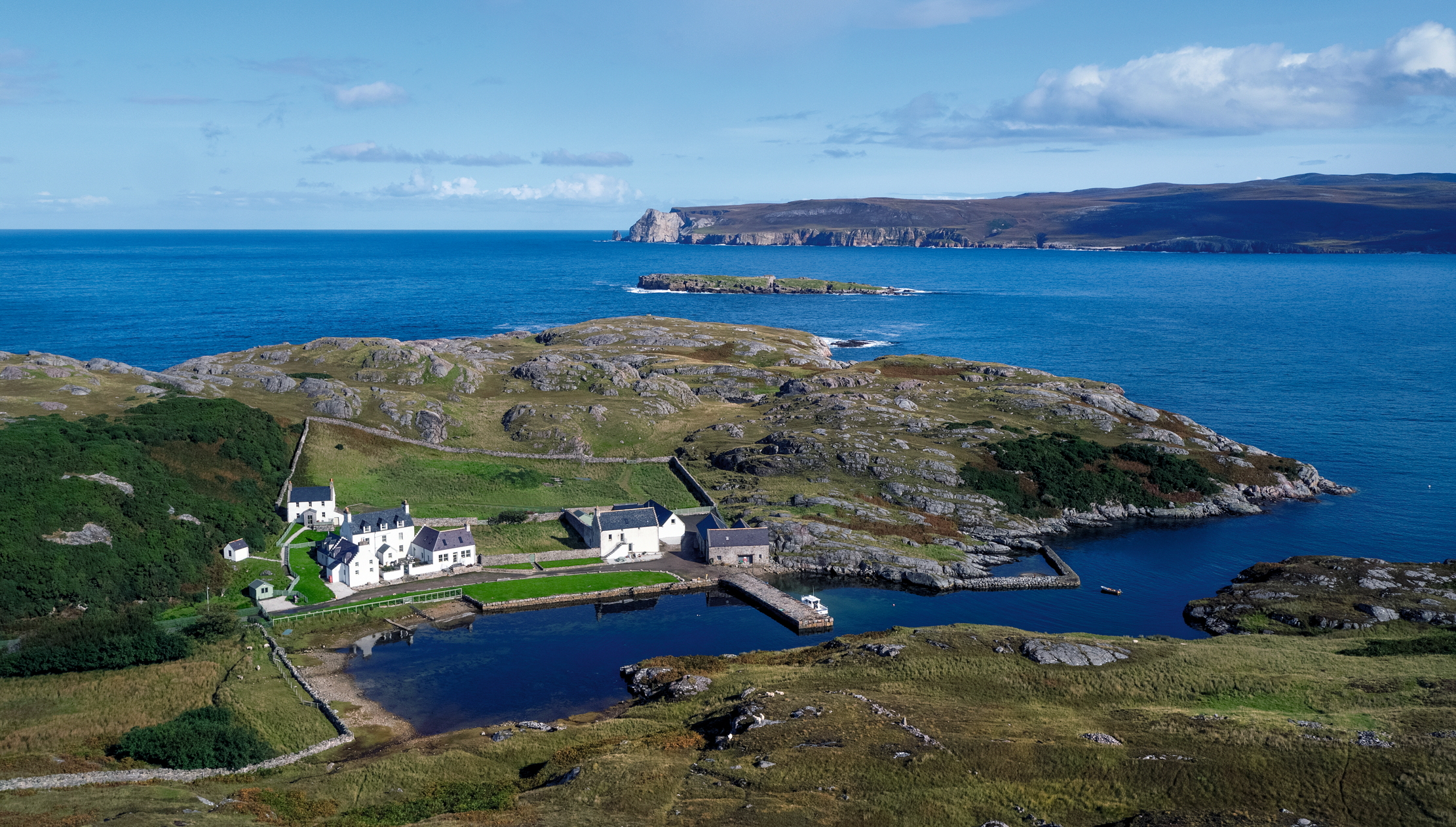
You get an awful lot more for your money in bonnie Scotland and, back in the northern Highlands, Phiddy Robertson of Galbraith in Inverness handled the sale of the gloriously unspoilt Rispond Lodge estate on the shores of Loch Eriboll, four miles from the village of Durness and 107 miles from Inverness.
Sympathetically renovated by the vendors, the 211-acre estate, listed Category B, comprises a six-bedroom lodge, three holiday cottages (with planning consent for an additional three holiday lodges) and virgin heather moorland with lochans, rough grazing and beaches. Launched in May 2024 for ‘offers over £1.5m’, the historic coastal estate, with its sheltered harbour, private island and views of the Orkney Isles, sold to an English buyer in September 2024.
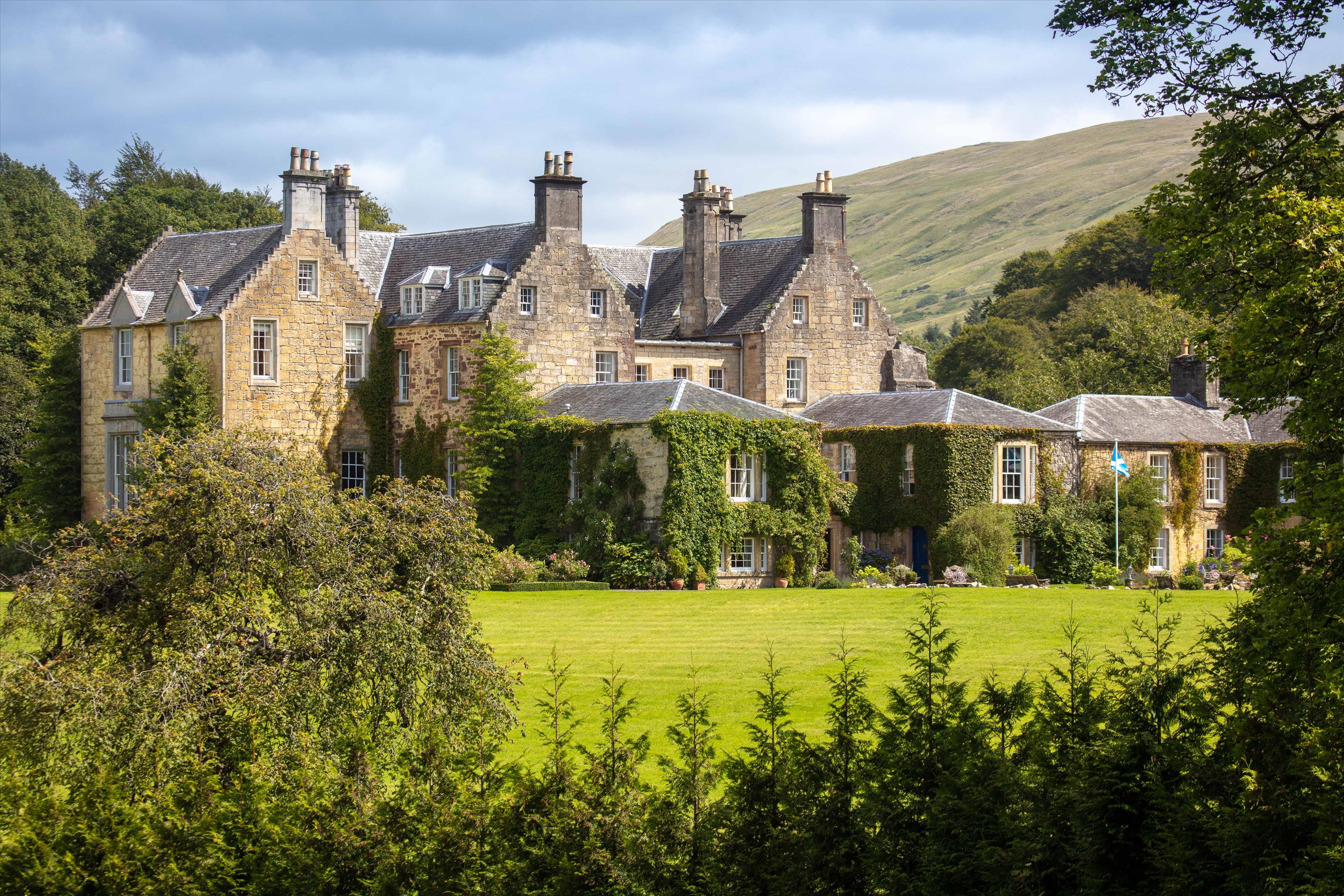
Spectacular Scottish castles and estates for sale
A look at the finest castles, country houses and estates for sale in Scotland today.
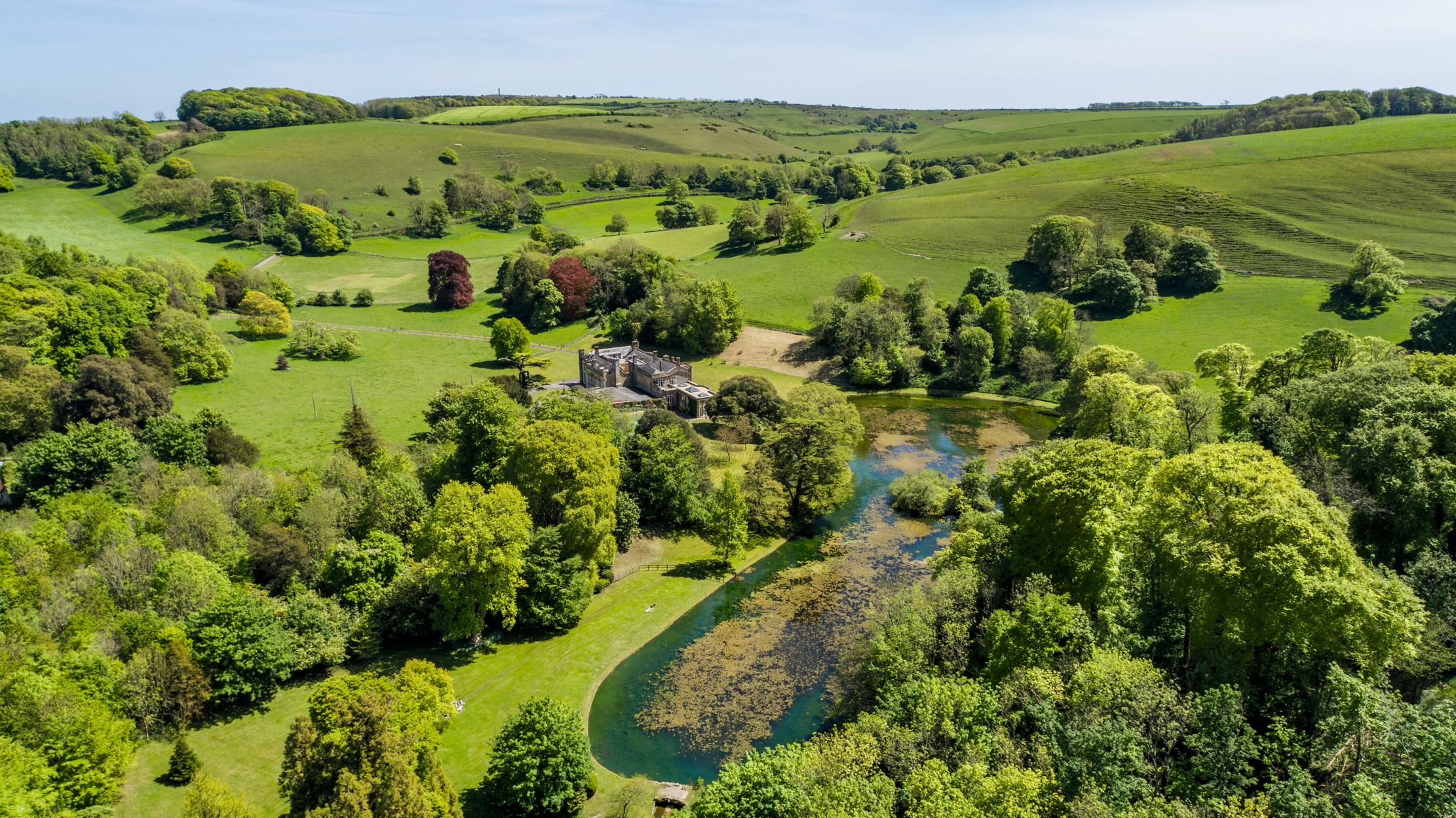
'People love land': The top estate sales of 2024, from the Duke of Northumberland to first-time farmers
Some estate sales were trickier in 2024, yet overall most eventually found buyers. We look at some of the top
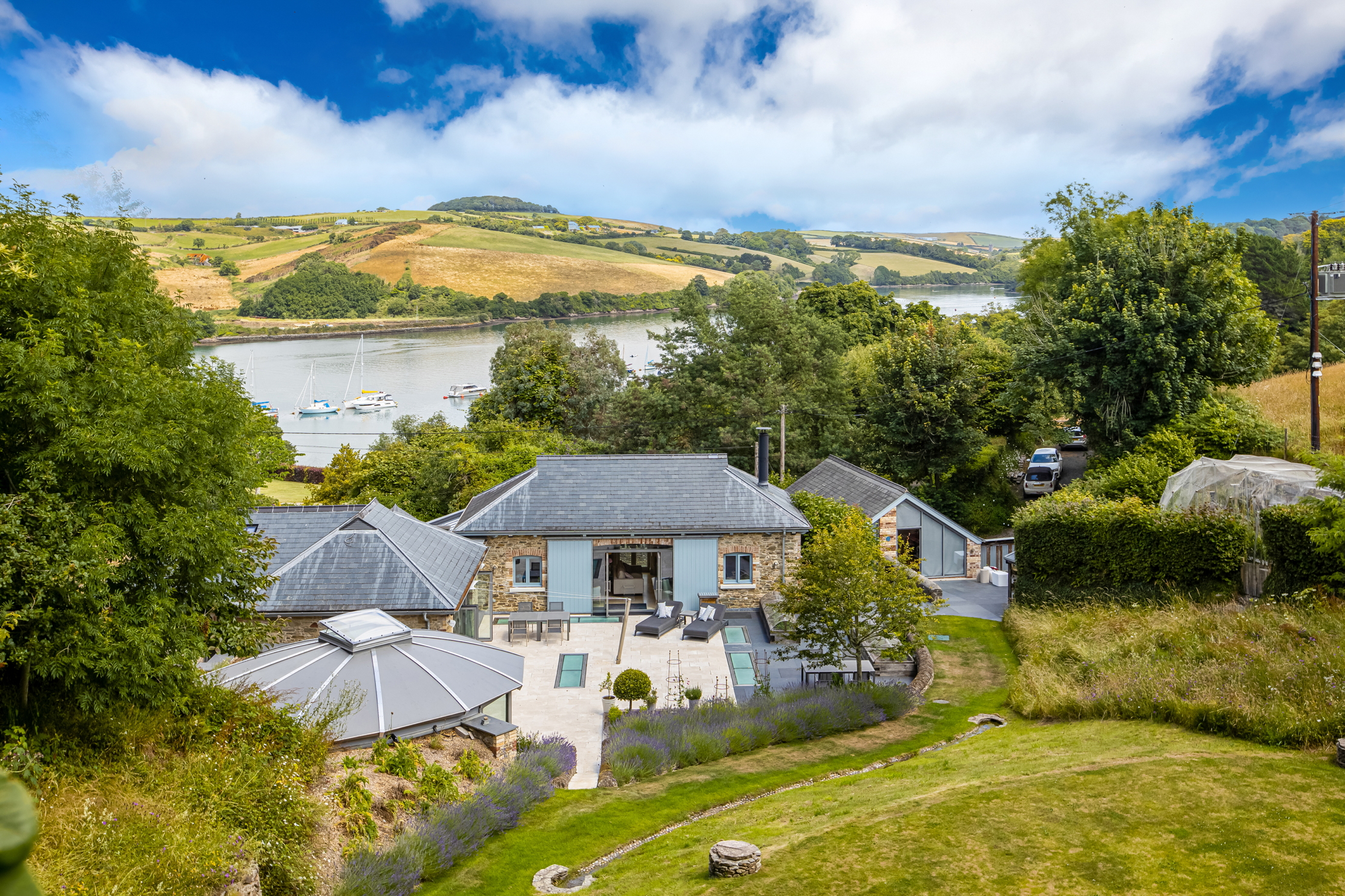
Credit: Strutt & Parker
A four-bedroom home overlooking Salcombe where you can dream of summers to come
Inside the unassuming exteriors of Rectory Barn in East Portlemouth is a modern home that demands to entertain your friends
-
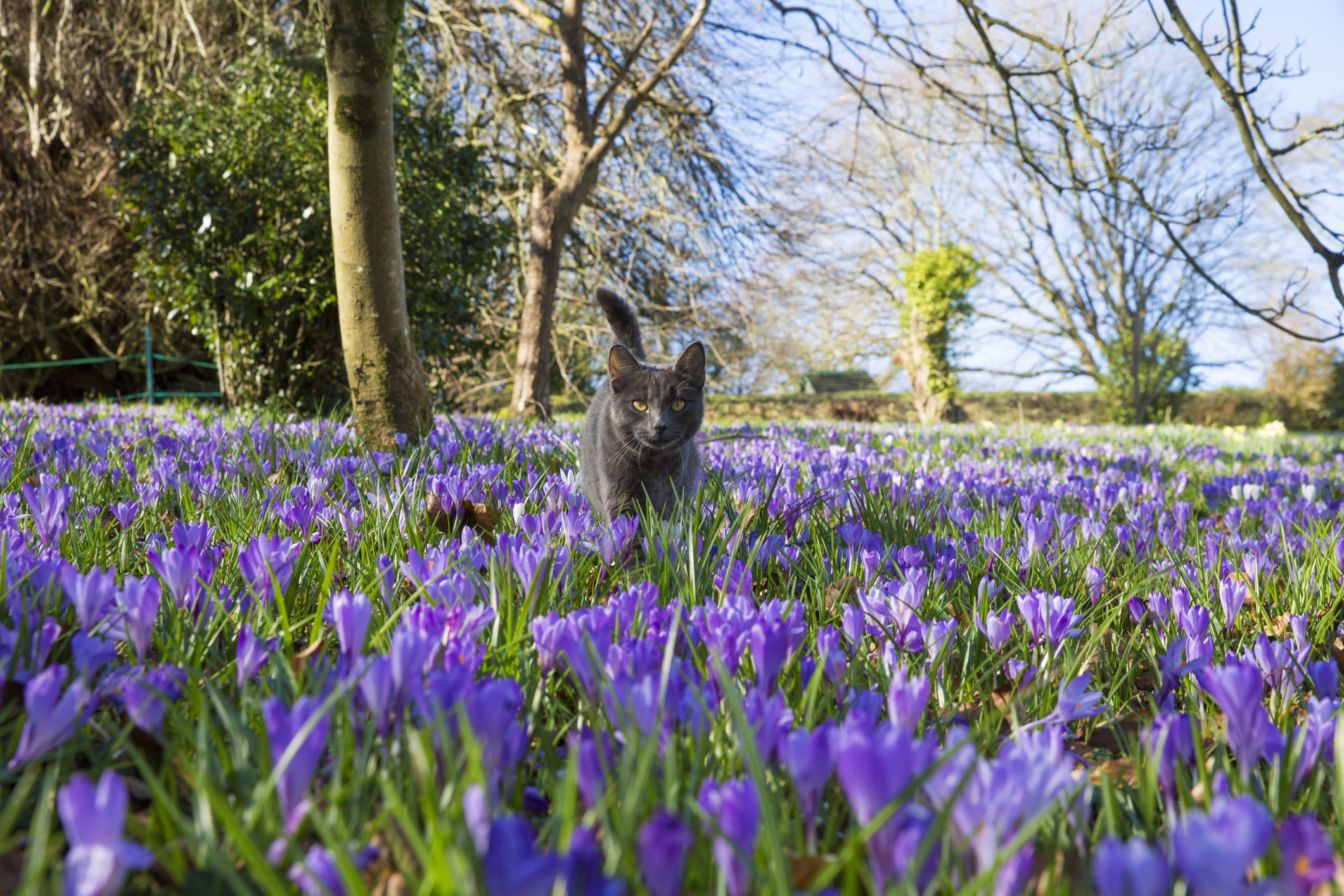 The King's favourite tea, conclave and spring flowers: Country Life Quiz of the Day, April 22, 2025
The King's favourite tea, conclave and spring flowers: Country Life Quiz of the Day, April 22, 2025Tuesday's Quiz of the Day blows smoke, tells the time and more.
By Toby Keel Published
-
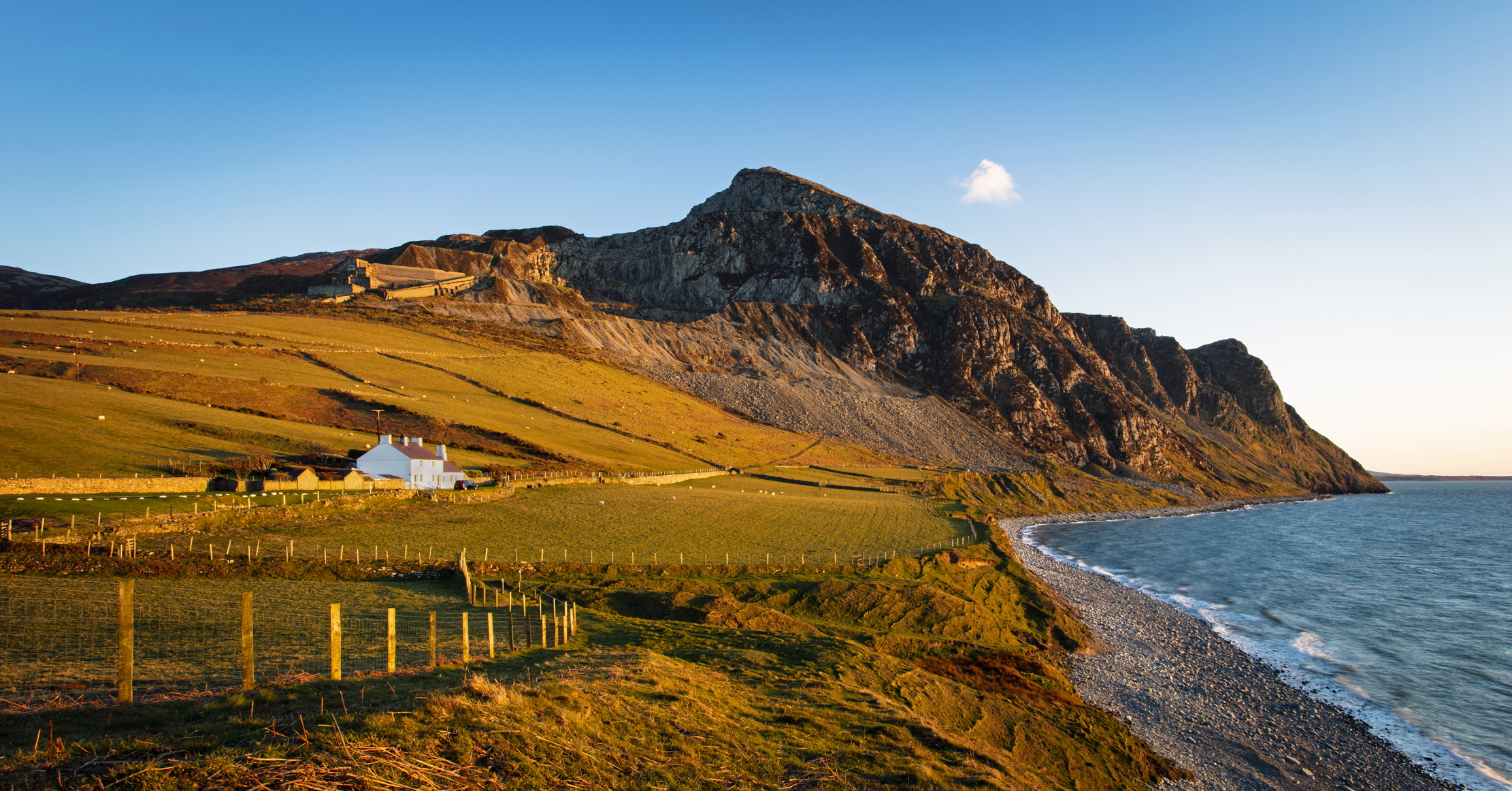 London is the place for me* (*the discerning property buyer)
London is the place for me* (*the discerning property buyer)With more buyers looking at London than anywhere else, is the 'race for space' finally over?
By Annabel Dixon Last updated
-
 London is the place for me* (*the discerning property buyer)
London is the place for me* (*the discerning property buyer)With more buyers looking at London than anywhere else, is the 'race for space' finally over?
By Annabel Dixon Last updated
-
 What's a 'wellness village' and will it tempt you back into the office?
What's a 'wellness village' and will it tempt you back into the office?The team behind London's first mixed-use ‘wellness village’ says it has the magic formula for tempting workers back into offices.
By Annunciata Elwes Published
-
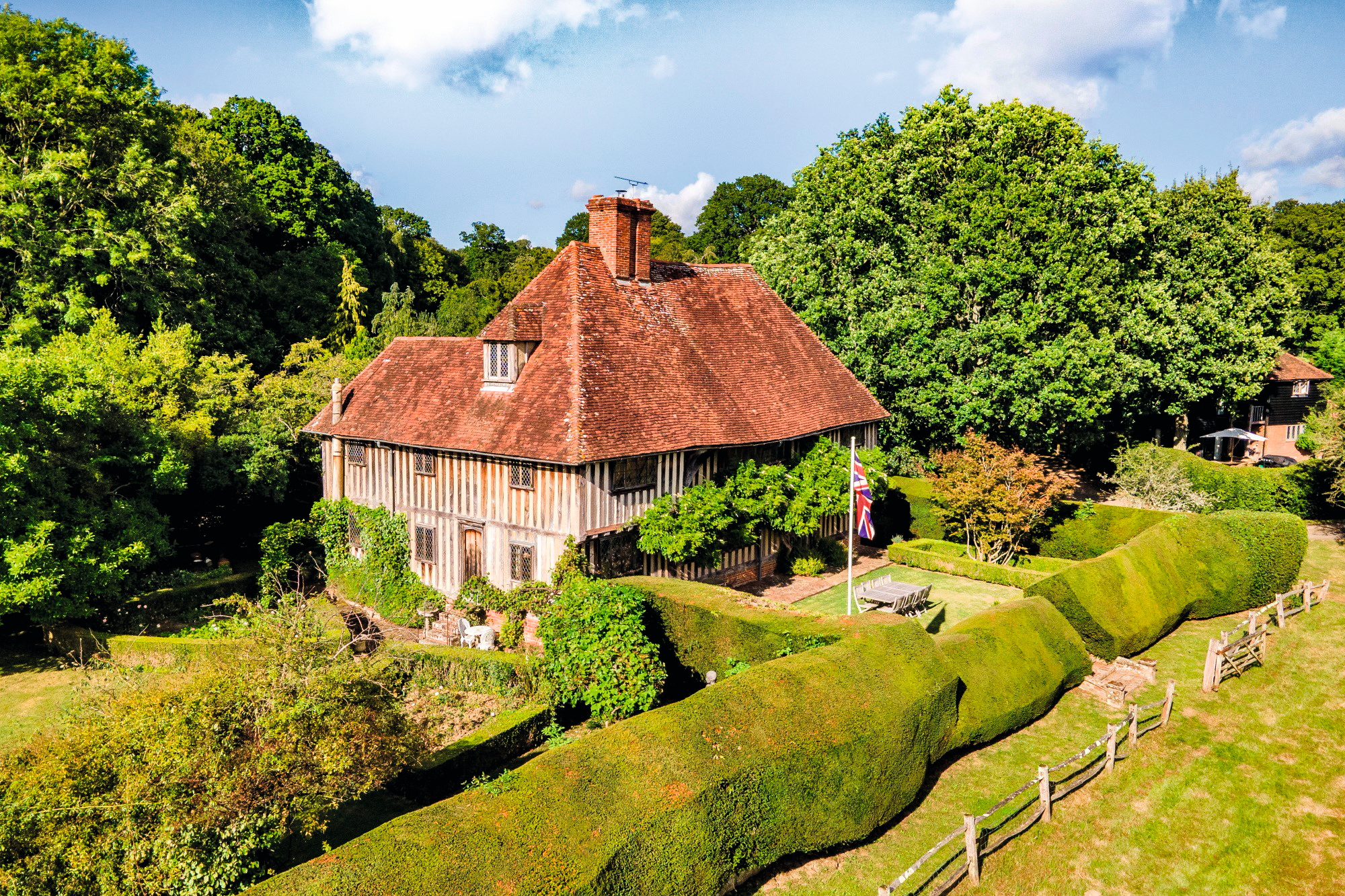 A mini estate in Kent that's so lovely it once featured in Simon Schama's 'History of Britain'
A mini estate in Kent that's so lovely it once featured in Simon Schama's 'History of Britain'The Paper Mill estate is a picture-postcard in the Garden of England.
By Penny Churchill Published
-
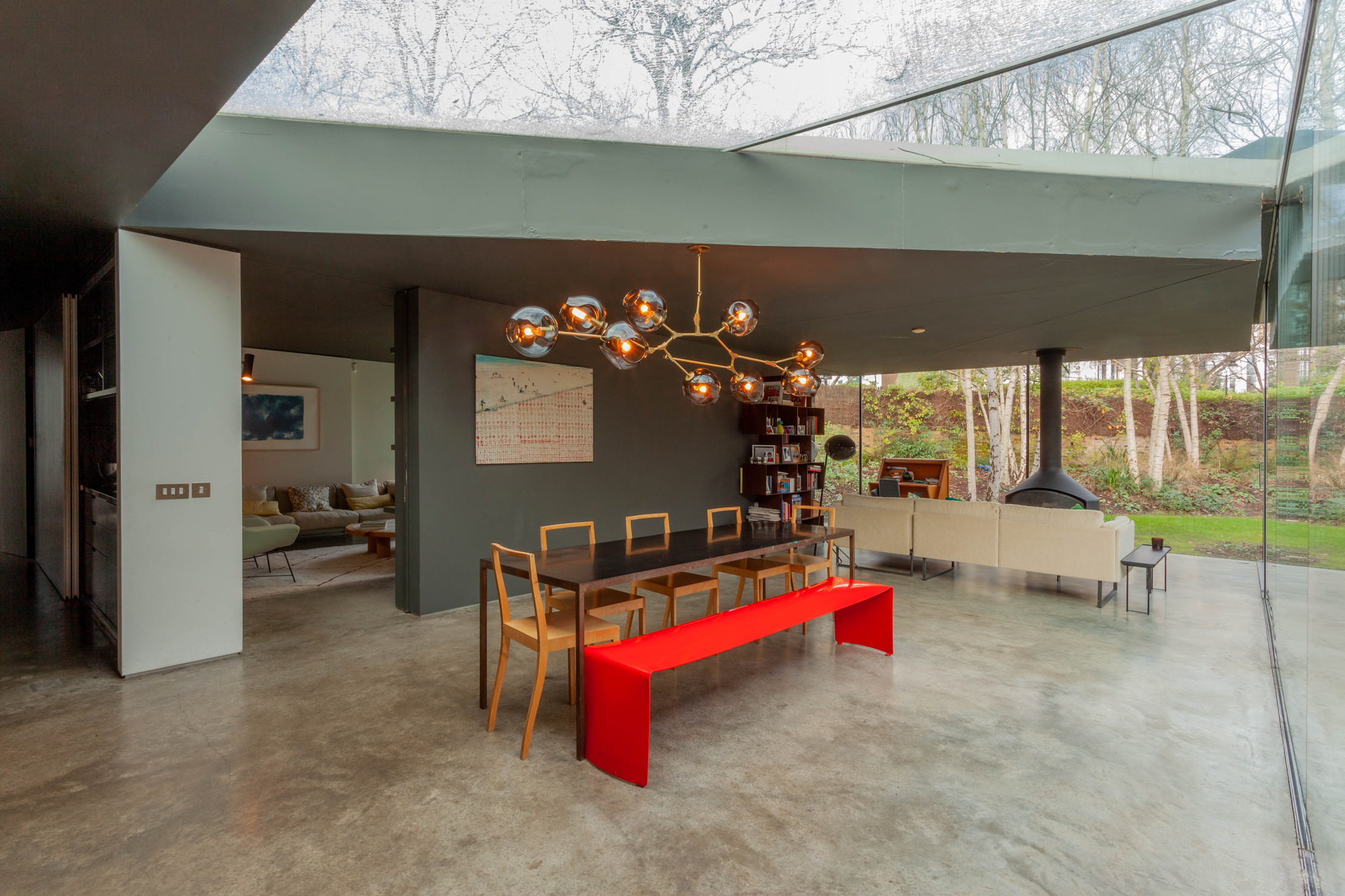 Hidden excellence in a £7.5 million north London home
Hidden excellence in a £7.5 million north London homeBehind the traditional façades of Provost Road, you will find something very special.
By James Fisher Published
-
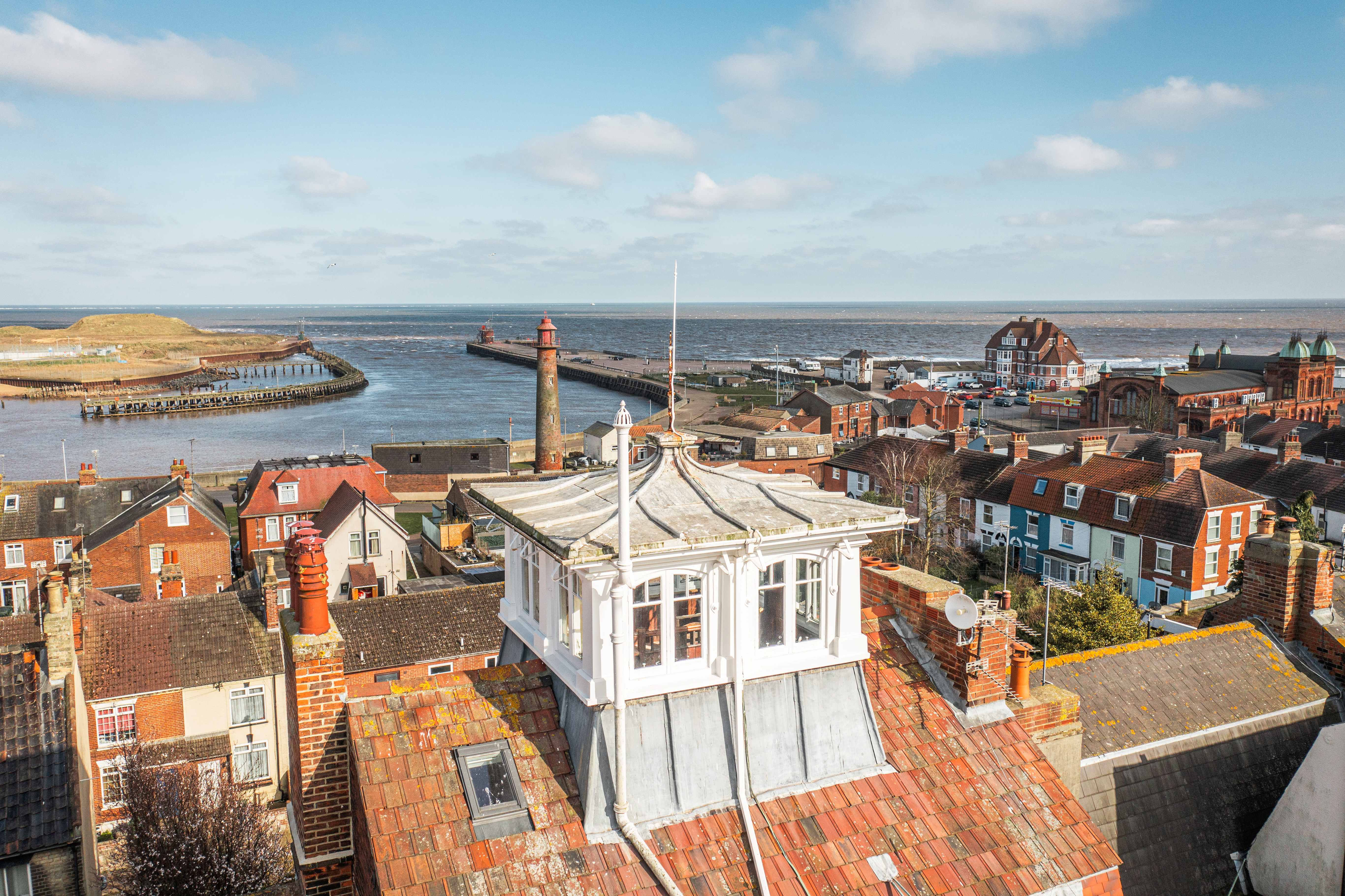 Sip tea and laugh at your neighbours in this seaside Norfolk home with a watchtower
Sip tea and laugh at your neighbours in this seaside Norfolk home with a watchtowerOn Cliff Hill in Gorleston, one home is taller than all the others. It could be yours.
By James Fisher Published
-
 A Grecian masterpiece that might be one of the nation's finest homes comes up for sale in Kent
A Grecian masterpiece that might be one of the nation's finest homes comes up for sale in KentGrade I-listed Holwood House sits in 40 acres of private parkland just 15 miles from central London. It is spectacular.
By Penny Churchill Published
-
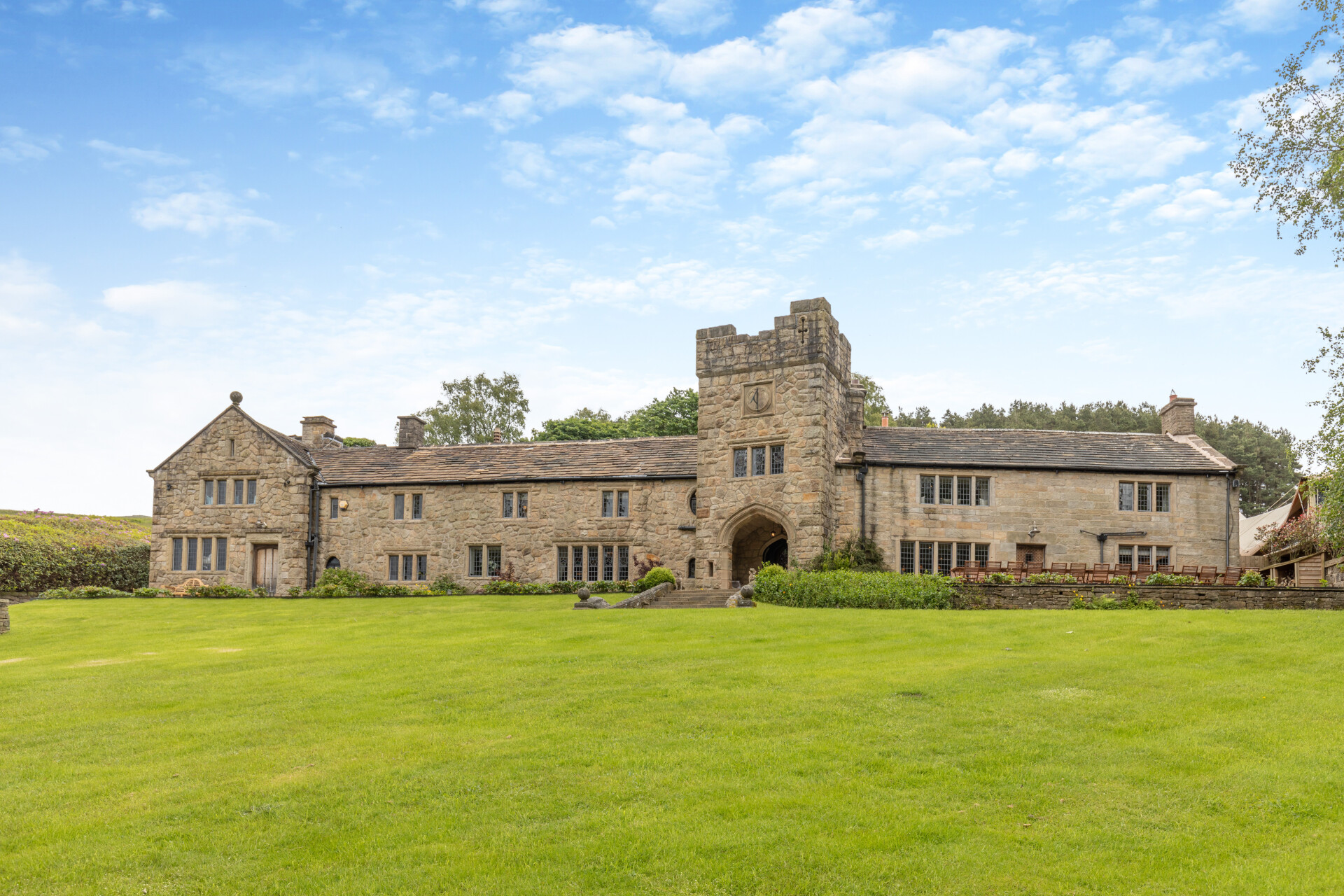 Some of the finest landscapes in the North of England with a 12-bedroom home attached
Some of the finest landscapes in the North of England with a 12-bedroom home attachedUpper House in Derbyshire shows why the Kinder landscape was worth fighting for.
By James Fisher Published
-
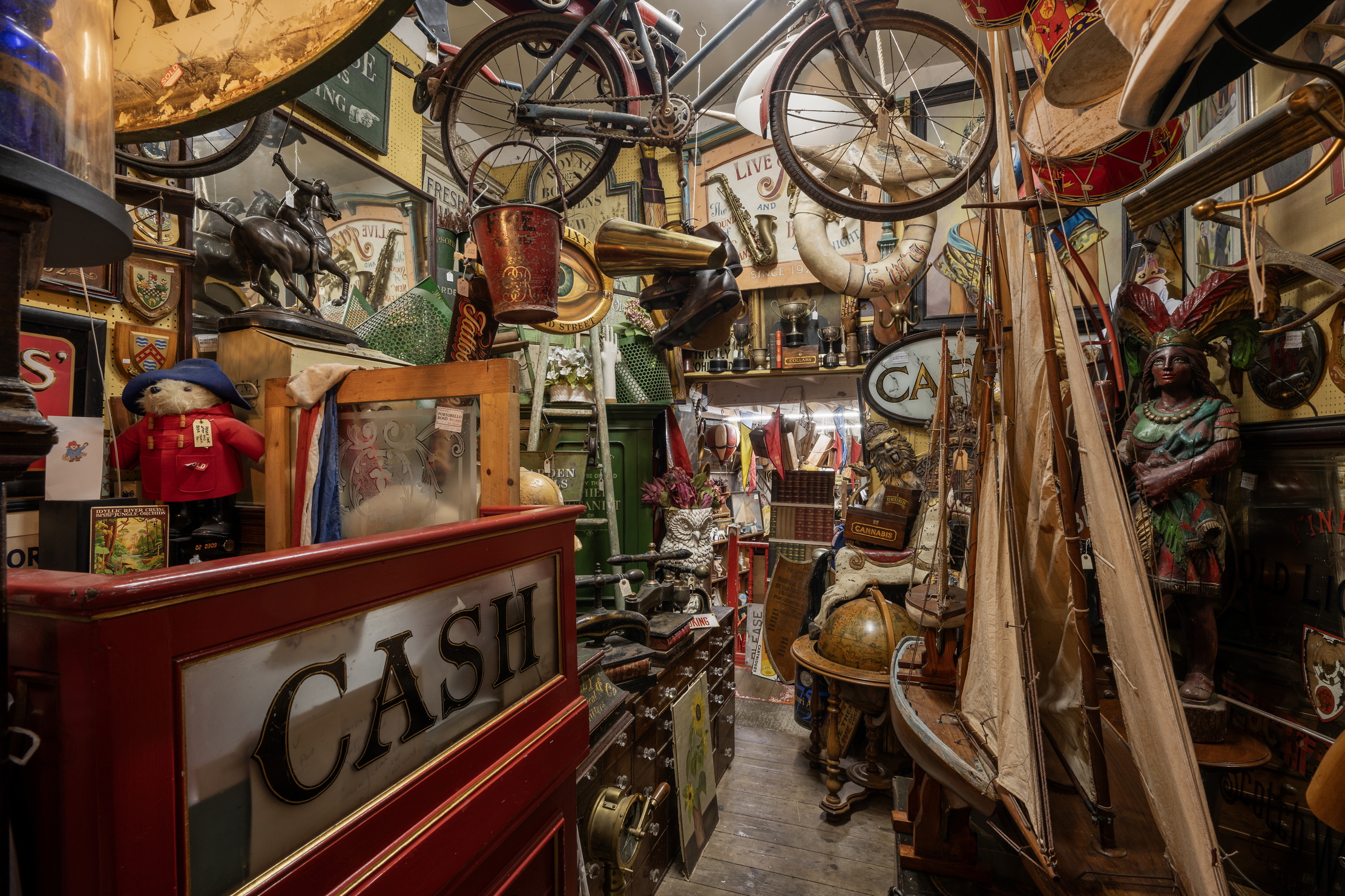 Could Gruber's Antiques from Paddington 2 be your new Notting Hill home?
Could Gruber's Antiques from Paddington 2 be your new Notting Hill home?It was the home of Mr Gruber and his antiques in the film, but in the real world, Alice's Antiques could be yours.
By James Fisher Published
